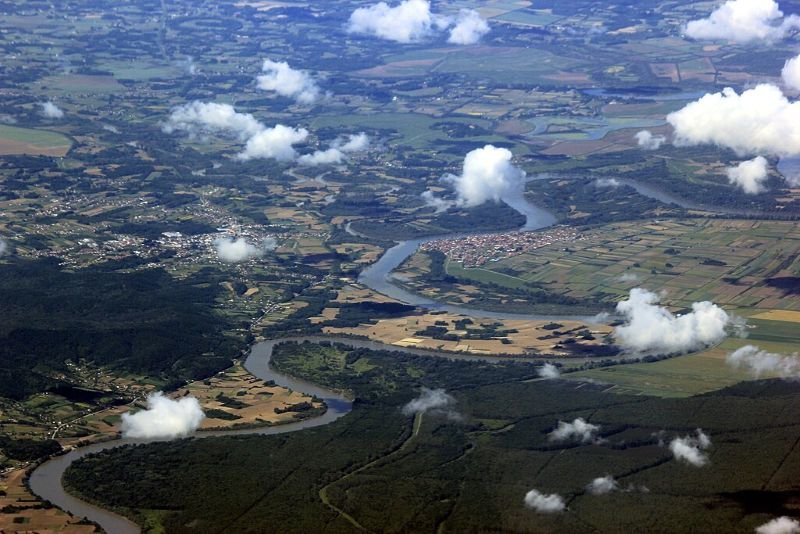
Archaeologists have uncovered what may be Europe’s largest hoard of ancient ingots in northern Bosnia, a find that could reshape the region’s historical role in early trade and metallurgy.
In just two days of excavation along the Sava River in Posavina Canton, researchers unearthed hundreds of bipyramidal iron bars believed to be over 2,000 years old—far exceeding the number found anywhere else in Europe.
These iron ingots, used by ancient blacksmiths to forge tools, weapons, and everyday objects, are rarely discovered in such quantities. Before this find, only a few examples were known from museum collections in France, Germany, Slovenia, and Sarajevo.
The exceptional volume recovered from a single site in Bosnia suggests the area once held major economic and logistical importance, possibly serving as a hub for iron trade during the late Iron Age.
Local discovery sparks cross-border investigation
The discovery began when local historian and museum collaborator Pero Matkić noticed fragments of unusual iron objects near the riverbank. He documented the findings and alerted archaeologists in Croatia, prompting an immediate investigation.
A team led by Krunoslav Zubčić, an underwater archaeologist from the Croatian Conservation Institute in Zagreb, and Nikica Spudić of the Croatian Mountain Rescue Service in Karlovac, quickly mobilized to begin excavation and recovery.
Initial analysis suggests the ingots date to the 1st or 2nd century BCE, placing them in a transitional period between the La Tène culture and Roman influence. According to Jozo Jezerčić, director of the Franciscan Monastery Museum “Vrata Bosne” in Tolisa, the iron bars may have been part of a cargo shipment that sank while being transported along the river—possibly due to a storm or conflict.
The vessel itself likely drifted away or disintegrated over time, but the heavy metal cargo remained buried on the riverbed.
3D mapping and careful conservation efforts
To preserve and study the site properly, archaeologists used photogrammetry to create a 3D model and mapped fixed reference points. Each ingot was carefully documented, extracted, and placed in distilled water to prevent corrosion before further conservation.
Zubčić said the next phase will involve chemical testing to identify the metal’s source, which could reveal links to ancient mining regions and trade routes across Central Europe. He believes the findings could offer unprecedented insights into the economic networks that existed in Bosanska Posavina long before Roman rule.
Jezerčić added that the museum is now working with international institutions from Slovenia, Germany, France, and Austria to conduct long-term research. He said the story of these ingots is only beginning and may fundamentally change the way scholars understand commerce in prehistoric and Roman-era Europe.
With the scale of this discovery, Bosnia now stands at the center of a historical narrative that may soon be rewritten—one forged in iron, hidden beneath the waters of the Sava.


